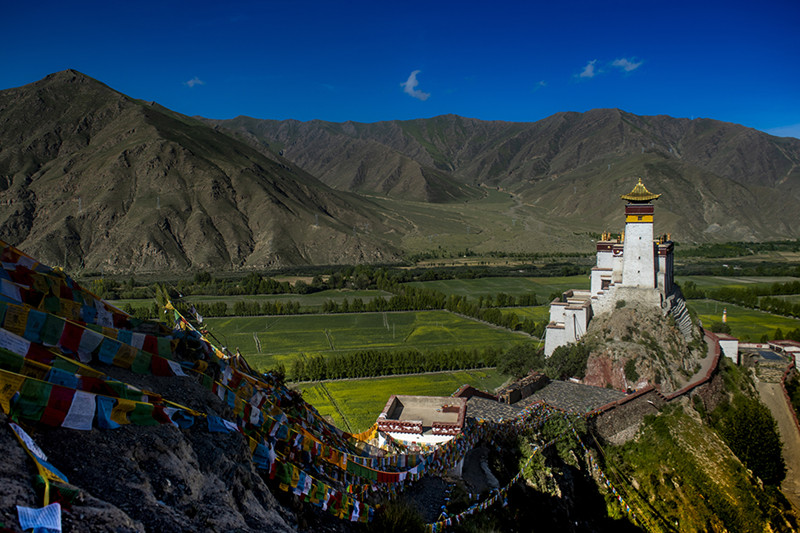
New books explain history of Tibet
2019-10-29 16:50:00 From Xinhua

A newly published set of books in 12 volumes records the governing of Tibet by the central government the Yuan (1271-1368) and Qing (1644-1911) dynasties, and shows that Tibet has been an integral part of China since ancient times, researchers and experts said.
The Selected Archives in Tibetan, Mongolian and Manchurian languages at the Archives of Tibet Autonomous Region met the public at a ceremony held Tuesday in Lhasa, capital of the region.
The books include a total of 1,394 documents, dated from 1324 to 1928. The documents were mainly imperial edicts from the Yuan and Qing dynasties, as well as letters presented to the then local officials in Tibet.
The books, which took more than five years to compile, are the first systematic photocopies of important Mongolian and Manchurian archives since the Yuan Dynasty.
They are written mainly in Mongolian, Manchurian and the Phagspa languages which was prevalent in the Yuan Dynasty.
“The archives, especially the Qing Dynasty files, are strong and extensive evidence to explain and study the relationship between the central government and the local government of Tibet,” said Pasang Wangdu, professor of Tibet University, and an ethnic Tibetan.
“In the Qing Dynasty, the upper classes of the Tibet’s local government frequently sent brtan bzhugs (in Tibetan language), or what we call documents submitted to a superior, to the emperors of Qing Dynasty,” he said.
“We understand that these documents were customarily used by disciples to wish for longevity for their guru and living buddhas. This shows that the central authorities of the Qing Dynasty exercised full sovereignty over Tibet and Qing Dynasty emperors had supreme authority there,” he said.
“The vast literature in the books reflects the effective governance of Tibet by the central government of Qing Dynasty in terms of its political system, border affairs, garrison, temple affairs and more,” said Che Minghuai, former head of the Tibetan Academy of Social Sciences.
In 1652, the Qing court officially conferred the 5th Dalai Lama. Since then, all confirmations of the Dalai Lama have required approval by the central government.
A system of lot-drawing from a golden urn has been used to confirm the reincarnated soul boy of a deceased Living Buddha.
Honoring traditional religious rituals is important, said researchers.
Experts said the archives also provide a solid historical record of ethnic unity in Tibet.
“Exchange activities recorded by the archives show the Qinghai-Tibet Plateau culture has been in close exchange with those from other ethnic groups. It is not a completely secluded culture as some scholars claim it to be,” said Che.













